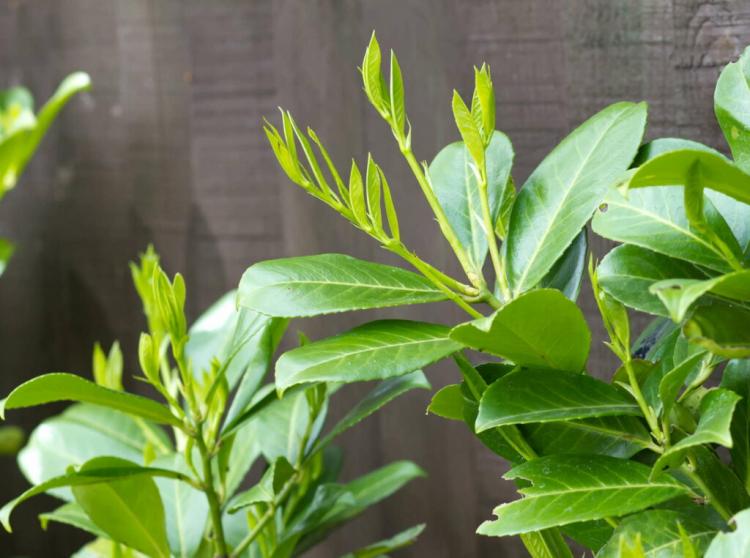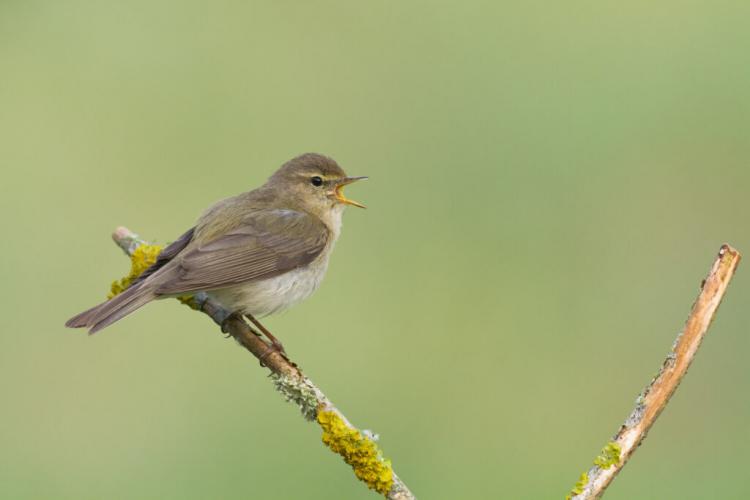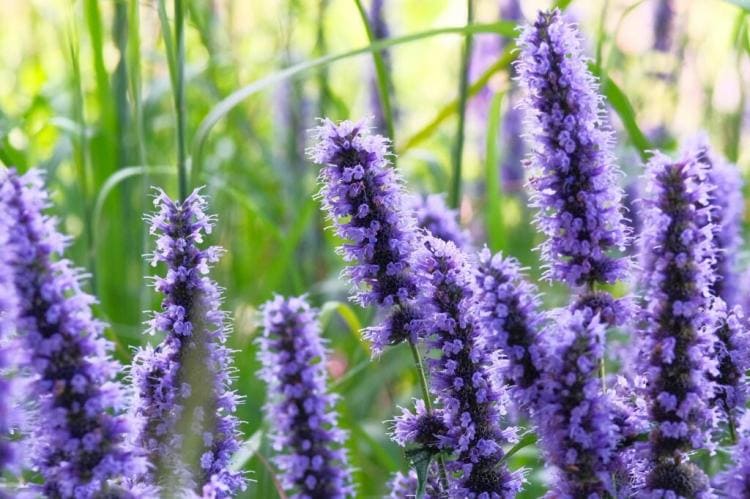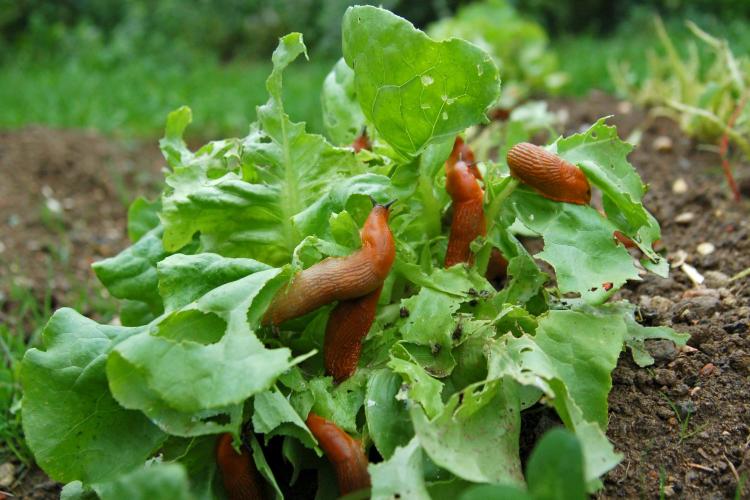Sports and Play Turf: What Are Its Advantages, How Is It Cared For & Which Mixture Should You Choose?
Often times, the lawn in the garden is heavily used by an active lifestyle or children playing. We show when it makes sense to use a more robust lawn seed mixture and how best to proceed when creating play and sports lawns.

A sports and play lawn is an all-rounder that can be used in many ways
Sports and play lawns mean the resilient all-rounder among lawn seed mixtures that is intended for intensive private use. It is designed for really frequent use, because a sports and play lawn forms a fairly resilient scar and regenerates any damage in a very short time.
Sports and play lawns: what is it?
Table of Contents
Lawn seed mixes for sports and play lawns represent a very popular category within the lawn seed mixes. They can adapt to many conditions and can withstand running around on them, romping about and putting one or the other object down. Lawn seeds for sport and play allow a lawn to grow that develops a good resilience under normal conditions and with a medium-high level of maintenance – so it is ideally suited for the lawn in the home garden, which is also used for running, lying and playing.
Play and sports turf reaches its limits when it has to cope with nutrient-poor, very compacted, very wet and / or extremely dry soil. Even deep shadows are hard to forgive. For shady locations, we therefore recommend special lawn mixtures such as our Plantura shadow lawn. Even those who drive the car over the sports and play lawns are too much of a stress-bearing capacity.
When does a sports and play lawn make sense?
Sowing a sports and play lawn is worthwhile if you plan to use your lawn regularly. Children playing, garden parties and other activities can be carried out on the robust all-rounder without any problems. If you have a “normal”, i.e. neither very light, sandy nor very heavy clay soil and also sufficient sun on your future lawn, this location is made for a sports and play lawn. In addition, a hard-wearing lawn is a good choice if you do not want to invest a lot of time in its maintenance, because it is quite undemanding compared to an ornamental lawn.
A high-quality play and sports lawn is perfect for creating a new garden in families and is a joy for both children and parents.
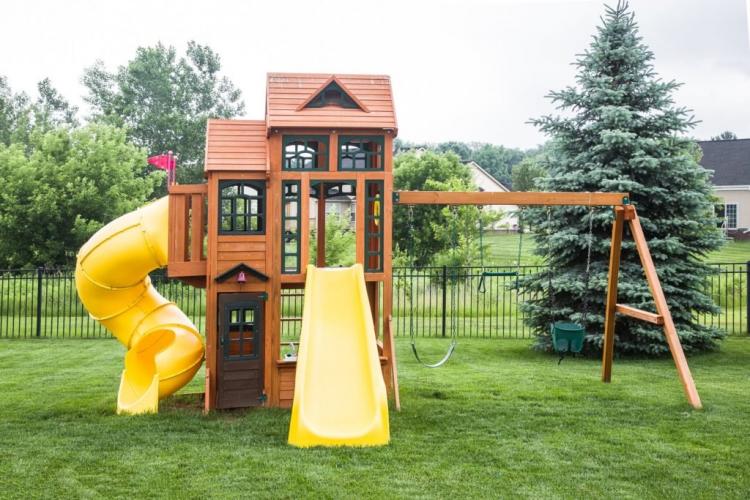
Lawn owners with children in particular should use more robust types of lawn [Photo: NicoleTaklaPhotography / Shutterstock.com]
What are the advantages of playing and sports turf?
The advantages of sports and play turf are its ability to regenerate and cut, as well as its relatively high resistance to treading. In addition, the seeds contained accumulate very quickly, so that the lawn can be used soon after sowing. With regular mowing, the play and sports lawn will also become very dense.
Lawn seeds for sports and play lawns germinate quickly, and the first young stalks are visible after just a few days. In addition, the grasses it contains regenerate minor injuries to the turf particularly quickly, as they immediately begin to close the gaps that have arisen with numerous runners. This is also necessary, because the play and sports turf is not quite as step-resistant as a real sports field turf, which can also withstand frequent playing with cleats. On the other hand, a sports and play lawn can cope well with frequent mowing and quickly becomes dense like a carpet.
Buying play and sports turf: which grass seed mix are suitable?
For a sports and play lawn, seed mixtures are suitable that contain a high proportion of the regenerative German ryegrass as well as the resistant grasses fescue and bluegrass. Anyone who uses RSM-certified seeds can be sure of their high quality. In addition, the manufacturer should inform you comprehensively about the correct, promising use of the lawn seeds.
If you want to buy a good seed mix for a play and sport lawn, there are a few characteristics you can look out for in order to get a high quality lawn. Of course, the grass genera and species contained in the grass seed mixtures are particularly important. It should contain different species of the genera Lolium (ryegrass), Festuca (fescue) and Poa (bluegrass), whereby the ryegrass should make up about half and the other two genera together make up the other half – this is how the grass mixture can be regenerated.
In our Plantura play and sports mix, Lolium perenne ensures good regeneration thanks to its rapid germination, persistent growth and pruning tolerance. Festuca rubra rubra brings its drought tolerance and Poa pratensis as a runners-growing undergrass ensures a dense lawn carpet and a high adaptability to different soils and climates.
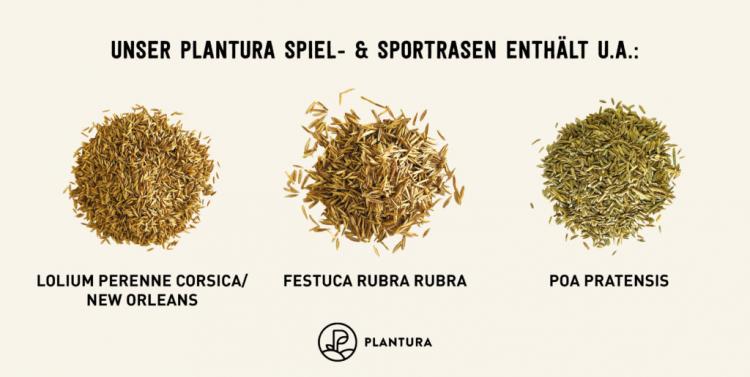
Our Plantura play & sports lawn contains a specially adapted seed mixture
Apart from the varieties it contains, the seeds themselves should of course be of high quality, so that targeted sowing in the right amount also leads to the desired result. The certification as a regular seed mixture (RSM) promises higher standards in quality control, careful production and storage – as a result, the germination capacity of certified lawn seed mixtures is increased. Our Plantura play and sports turf is of course made from RSM-certified seeds.
Creating a playing lawn: our professional tips
A few important steps lead you to your dream lawn: Thorough loosening, cleaning and fertilizing create the best conditions before the seeds are evenly distributed, pressed and thoroughly watered. Before you can enjoy the benefits of your sports and play lawn, there is a bit of work to do: you don't have to be an expert to create a good lawn. Nevertheless, there are a few basic points to consider, which we have in store for you in our article on sowing lawns and which we have briefly summarized here:
- Lay your playing and sports turf between April and October, but preferably not during the hot summer months. The floor should be permanently over 12 ° C even at night.
- First loosen the soil 20 to 30 cm deep, remove weeds and large stones and work in a primarily organic long-term fertilizer such as our Plantura organic lawn fertilizer. Soils that are very poor in humus should also be topped up with a little ripe compost or our Plantura organic turf soil.
- Now level the ground and then sow the lawn seeds with about 25 g / m2. A spreader is the best choice for this on large areas. Both when using a spreader and when sowing by hand, you should walk the area once lengthways and once across and distribute half of the required amount of seed in each case – this will result in an even sowing.
- Now work the seeds a maximum of 0.5 cm deep into the soil or cover them thinly with our Plantura organic turf soil. Then the surface is gently pressed down with running boards or a light roller.
- Last but not least, watering should not be forgotten. The seedlings emerge after 10 to 24 days and should not be allowed to dry out in the first month. So water every day, but not for many hours at a time. Even after germination, lawns need regular watering in order to thrive.
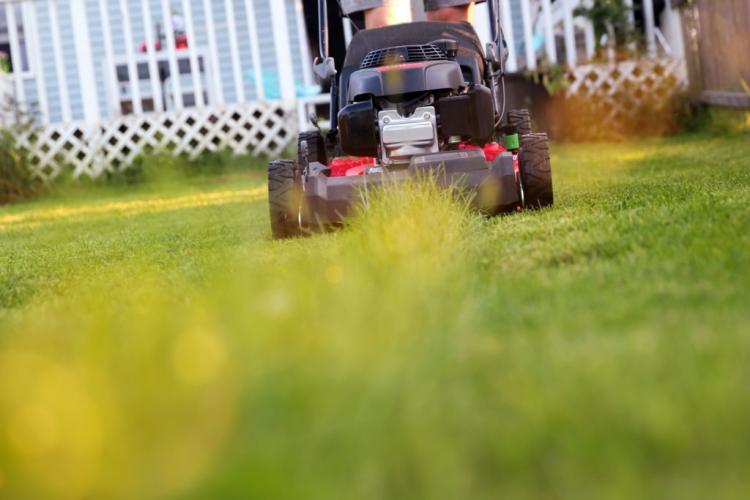
The basis for a healthy and beautiful lawn is fertilization and maintenance [Photo: Saklakova / Shutterstock.com]
Tip: The first cut of the young grasses is carried out when the stalks are six to ten centimeters high. Then shorten the grass to a minimum of four centimeters.
Maintain play and sports turf
A resilient sports and play lawn also requires a minimum amount of attention in order to stay green, dense, hard-wearing and healthy. Three important elements ensure this: regular fertilization with a primarily organic lawn fertilizer, regular mowing and sufficient watering in dry phases. A cutting height of 3 to 4 cm is ideal for sports and playing lawns and should be done regularly between spring and autumn. Autumn and spring are particularly critical phases with regard to weeds and moss in the lawn. You should therefore not skip preparing the lawn for winter and wake the lawn out of its slumber after winter so that it can start the new year strengthened. This way you will rarely have to resort to scarifying or re-sowing the lawn and you will have an enviable lawn carpet for a long time.

